Popular on Food52
7 Comments
Maedl
June 26, 2014
I'd pay the bushes another visit to see if they have developed a scent. I usually smell elderflowers before I see them--that is how pronounced the scent is. You can also use other scent-rich flowers in place of elderflowers. If you have meadow sweet handy, that makes a lovely syrup as well.
placidplaid
June 25, 2014
I'm sure they are elderflowers. I live in New England. There was another site that suggested that if they don't have a scent it's because the pollen has been blown off. That's why you harvest in the morning. The bush on my street has very few blooms, I am tempted to go back to the other bushes tomorrow to see if they have a scent in the morning. I did begin making the cordial with the blooms I collected this afternoon. Perhaps I can do a second steep.
Maedl
June 25, 2014
If the flowers don’t smell, then you probably won’t get much taste from them. Are you sure they are elderflowers? Can you use the ones in your neighborhood? Are you in the east or midwest? There is another elderflower (Sambucus) species that grows in western US that isn’t as good for cooking as the S. nigra and canadensis.
placidplaid
June 25, 2014
I found a bush just starting to bloom on my street. The blooms have a wonderful almond type scent. Then later today I saw a bunch of bushes growing by the side of the road and stopped to gather some. They have no scent whatsoever but look like the one I picked this morning. Should I chance it? Zephr050 doesn't think it will be good. I also found citric acid at Walmart in the canning section.
Maedl
June 25, 2014
I have used S. canadensis for making elderflower pancakes and fritters, and it tastes good. I haven't used it for the elderflower cordial--or syrup, but if that were all I had, I'd give it a try. The cordial is a fine addition to a glass of Prosecco or can be added to other aperitifs. I make one with Lillet, Prosecco, elderflower syrup and mint leaves that goes down very easily.
As for picking on a sunny day, that is what the local lore advises in my area as well. I think what it means is don't gather the flowers after a night of rain because you will lose the pollen.
Check a good grocery store for citric acid. it is used for canning and preserving, and it is frequently in stock during the summer months.
As for picking on a sunny day, that is what the local lore advises in my area as well. I think what it means is don't gather the flowers after a night of rain because you will lose the pollen.
Check a good grocery store for citric acid. it is used for canning and preserving, and it is frequently in stock during the summer months.
zephyr050
June 24, 2014
It's important to note that the elderflowers that native to the U.S. (Sambucus canadensis) are NOT the same plants that are used for making cordial in the UK and Europe (Sambucus nigra). I love elderflower cordial and I've tried making it from S. canadensis and it isn't good at all. We can grow S. nigra in the U.S., but it is not likely to be the shrub we find by our roadsides -- it will almost always be a cultivated shrub in a garden.
thirschfeld
June 24, 2014
The timing couldn't be more perfect. I have bunches and bunches off elderflower right now. I am so making this tomorrow.
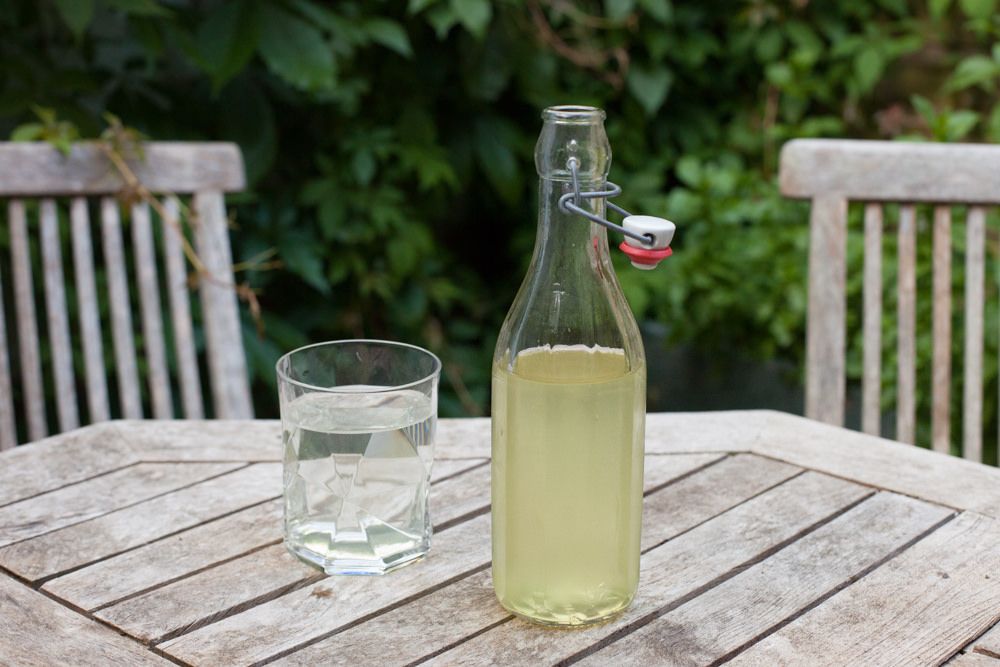
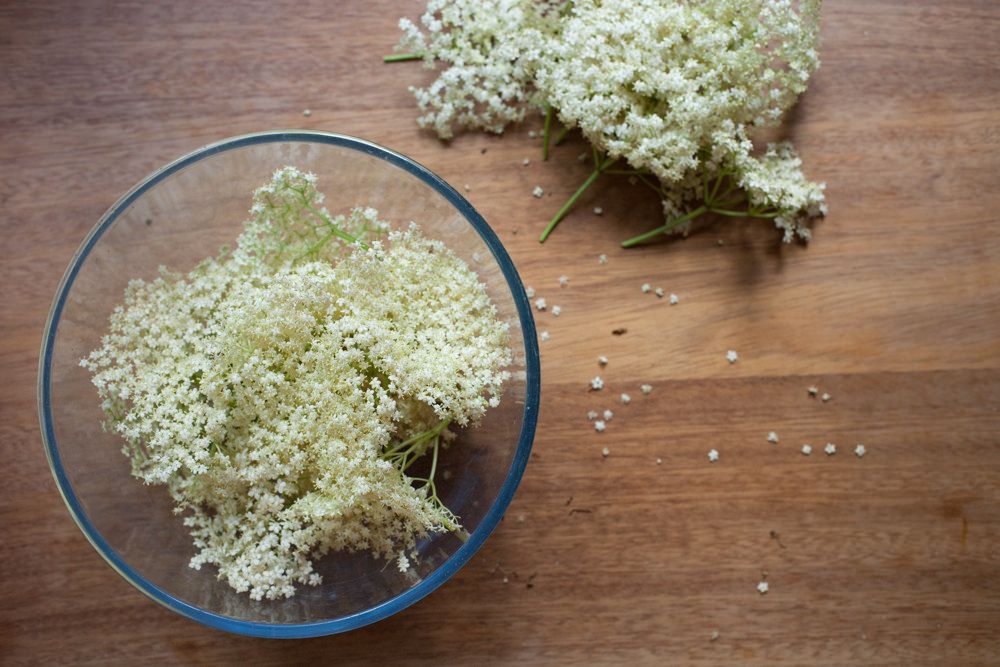
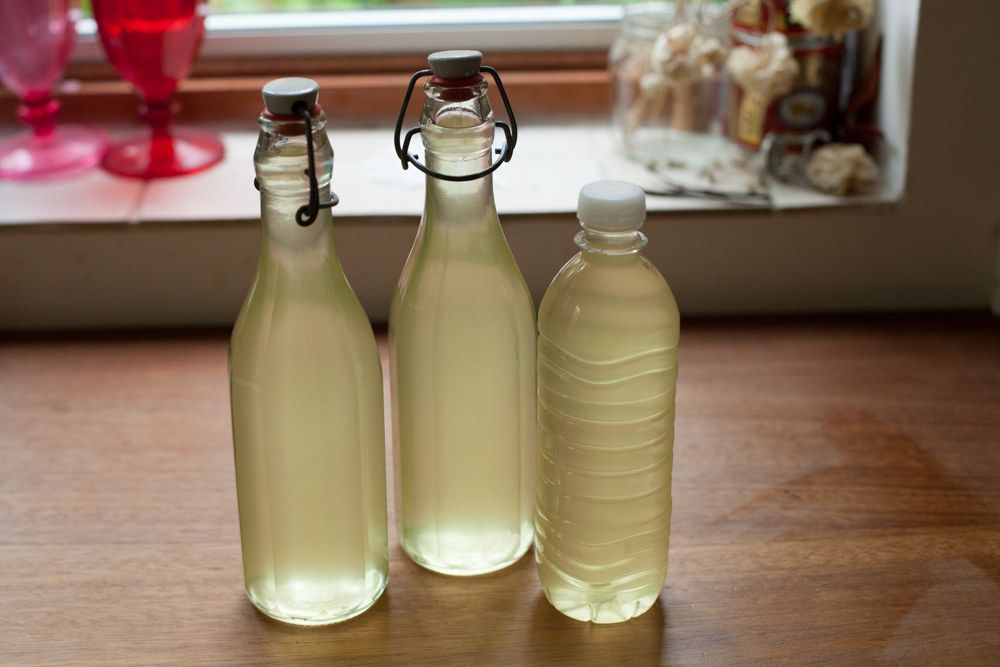
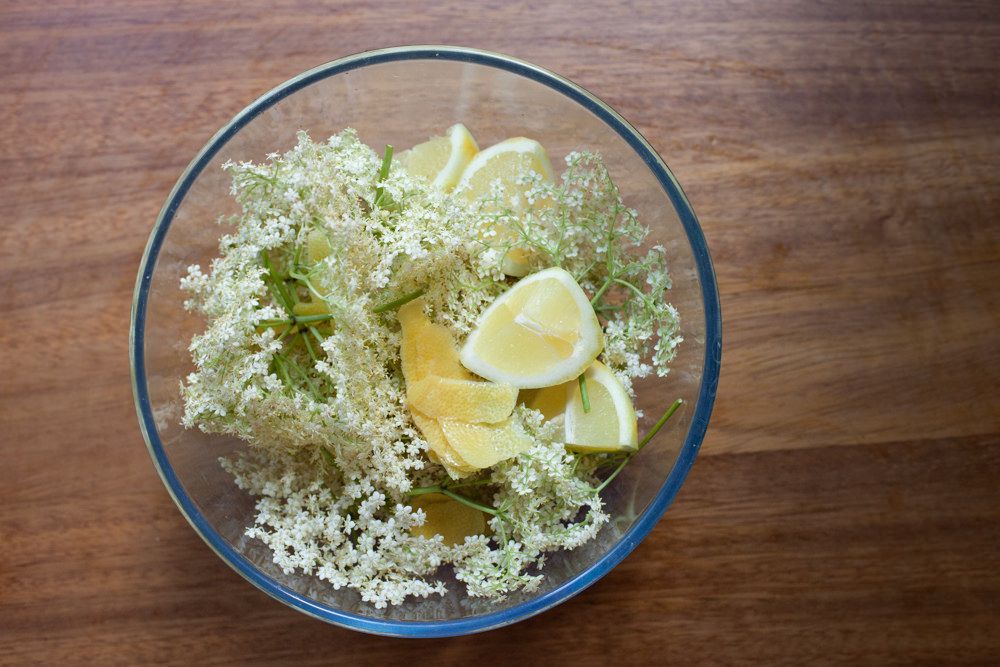
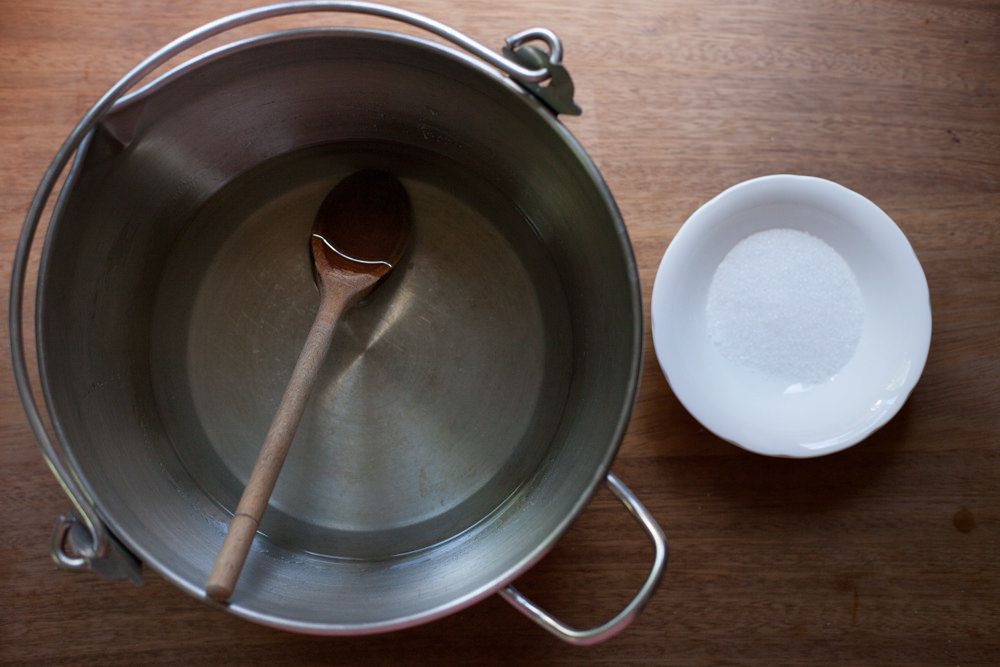

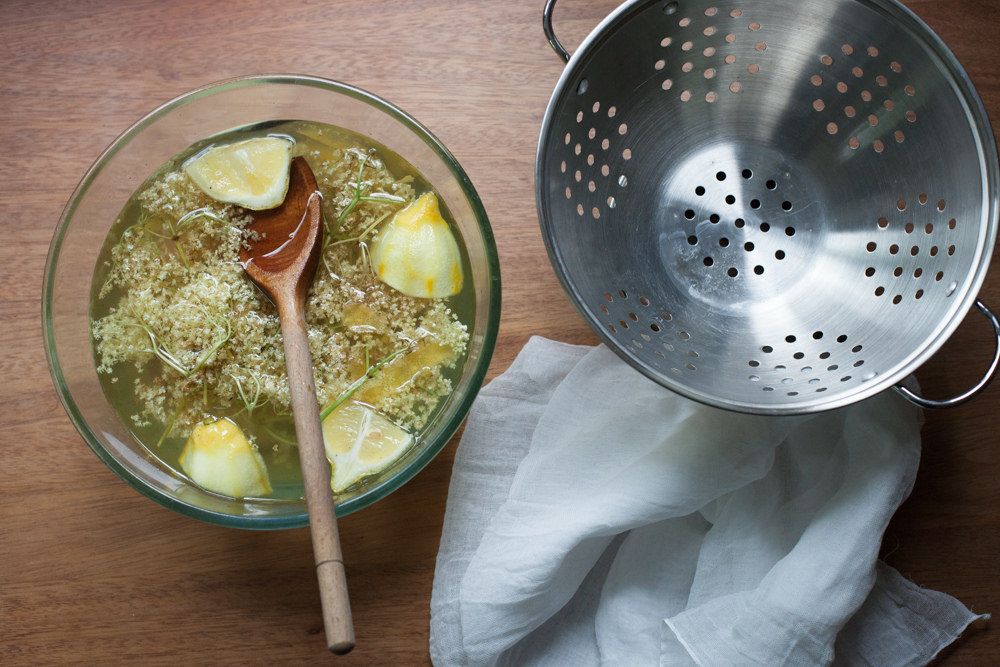
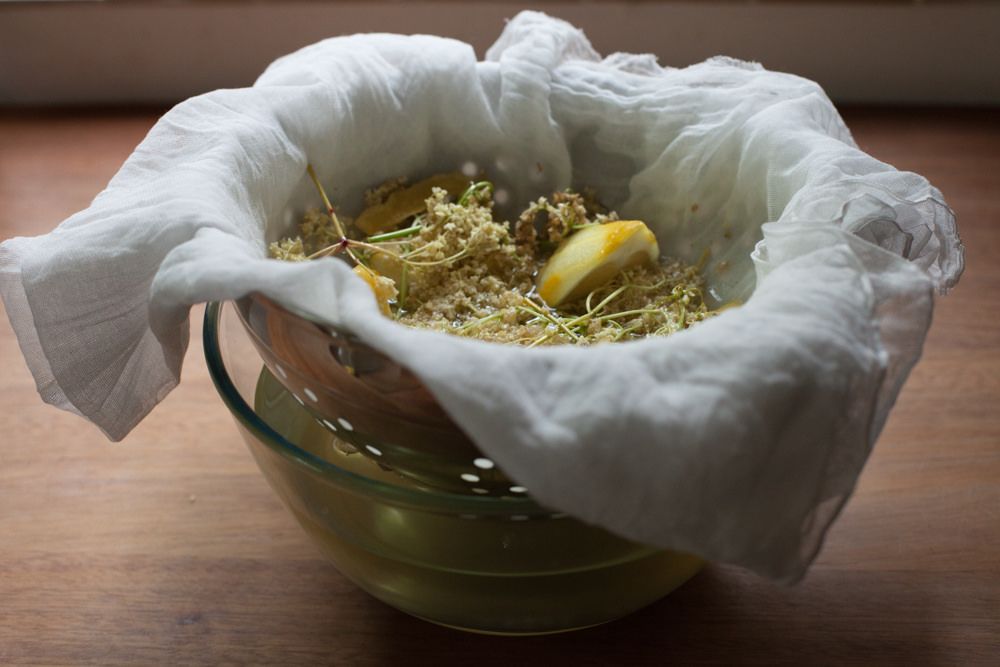
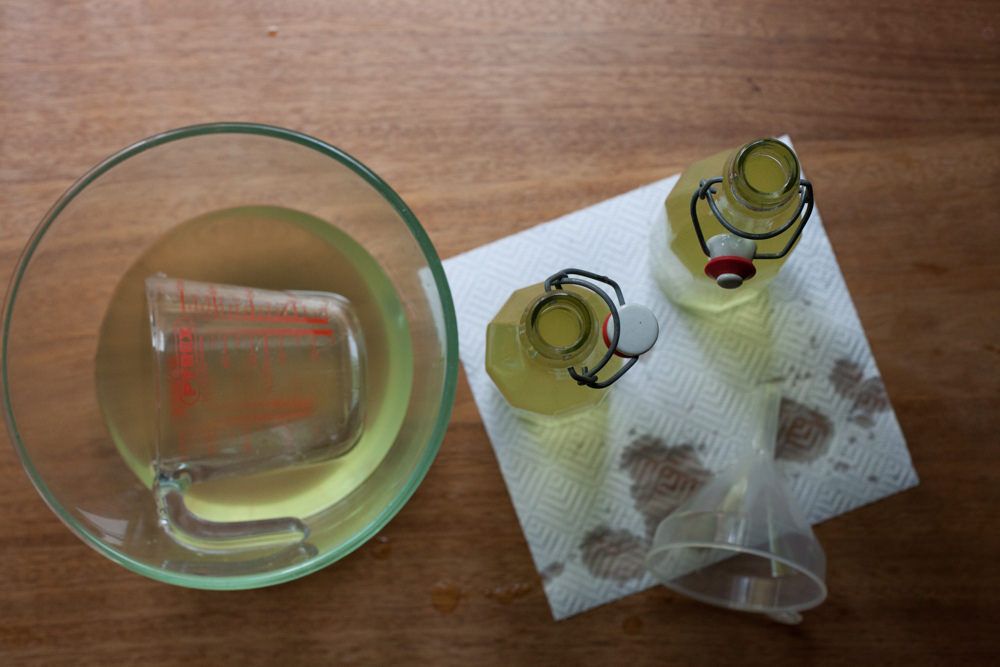

See what other Food52 readers are saying.